

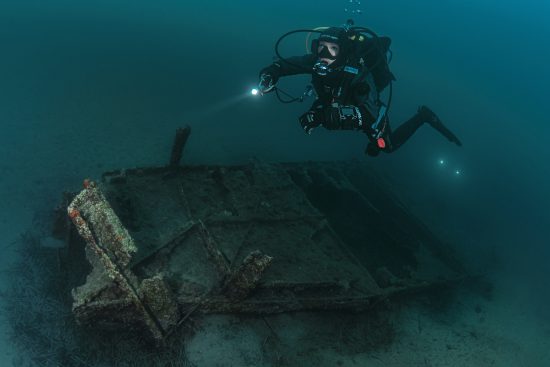
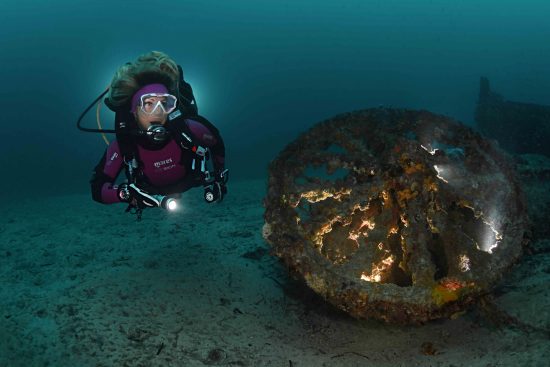
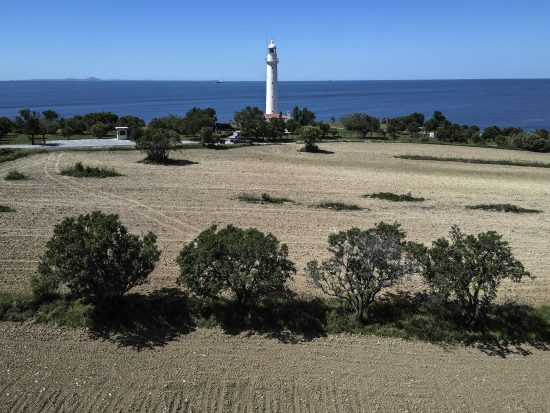
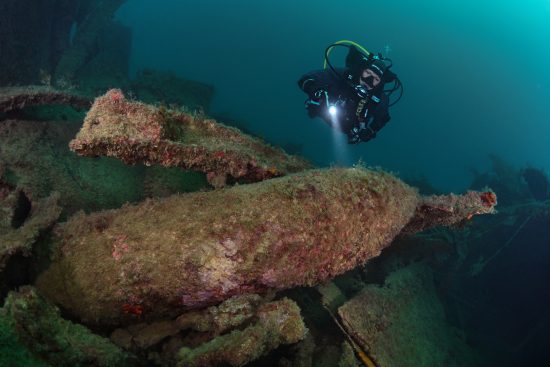
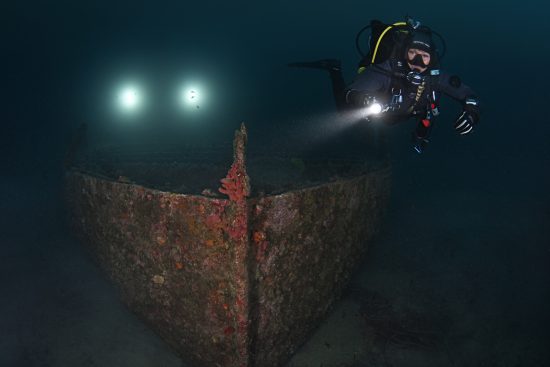
Located in the European part of Turkey, the Gallipoli Peninsula has access to the Aegean Sea to the west and the Dardanelles Strait to the east. The peninsula itself is about 90 kilometres long and has national park status. On the other side of the strait is the town of Canakkale, which is connected to the peninsula by a bridge and permanent ferry lines.
The history of this part of the world is very turbulent. A military campaign took place during World War I on Gallipoli and lasted from February 1915 to January 2016. After months of conflict between the Entente powers (with allies) and Turkey, there were over 200,000 casualties on both sides. Land conflicts were preceded by a naval battle, which is the main reason for our arrival in this part of the world.
The Battle of Çanakkale lasted from March 1915 to January 1916. It began with the bombing of Turkish coastal fortifications at the entrance to the Dardanelles. In that wave, many fortifications were severely damaged or destroyed. Underwater mines and obstacles were placed in the strait by the Turkish minesweeper 'Nusret' outside of naval schemes. Historians say that it was Turkey's "last card", because they no longer had underwater mines, and the coastal artillery was running out of ammunition. The tactic worked, and the Entente forces lost a third of their fleet. When you add attacks from German submarines (which were fighting on the Turkish side) that managed to sink the British command ship HMS Majestic, it was obvious that luck was on the Turkish side.
Underwater museum
The area around the Gallipoli Peninsula was off-limits for divers for many years. Three years ago, the ban was lifted, and underwater history became available to divers from all over the world. The historical heritage is managed by the Gallipoli Historical Underwater Museum from Cannakale, which properly represents and popularizes these diving sites. For divers who love history and are fans of sunken ships, Gallipoli is a must-see. There are 37 shipwrecks in the underwater museum, however, some of them are still not open for diving. There are 22 shipwrecks available, 14 of which are for recreational divers and 8 for technical divers. To fully experience most sites, diving experience is required. However, some of these, with the excellent management of local diving centers, are also available for beginners. Visibility can vary (but you can always count on over 10 meters at least) as well as currents, which are very specific for these waters.
During our stay we managed to visit HMS Majestic, Helles Barges, HMS Louis, Lundy and Airburna Barge. There were some other locations planned, but the weather conditions were not suitable. There is always something left for the next time. Considering the traditional hospitality of the Turkish hosts, Gallipoli is a place that should be visited again and again.
Text and photos by Janez Kranjc.
For more info, see: Homepage - Gallipoli Historical Underwater Park (divinggelibolu.com)
 Ivana and Janez
Ivana and Janez 21st June 2024
21st June 2024